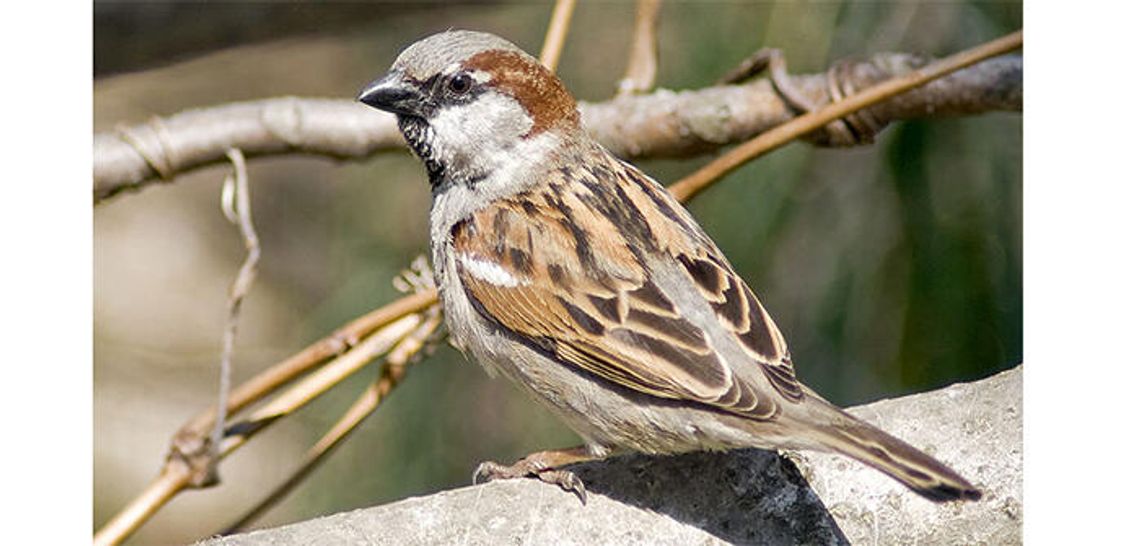[dropcap]L[/dropcap]et us consider a collection of birding tidbits from here and there:
Cornell Lab of Ornithology reports robins often form nomadic flocks during the winter. These flocks focus on finding food and may number as large as 50 in the north and in the thousands in the south. Some Florida congregations number in the hundreds of thousands.
About the largest group I’ve ever seen was 20 robins in my front yard, all scratching the earth and pecking at food.
If birds eat uncooked rice, can it swell up in their throats and stomach and kill them? No, that is strictly a myth. Some birds, such as bobolinks, eat uncooked rice in the wild. However, to be on the safe side, some concerned wedding parties have switched to throwing birdseed instead of rice.
Can birds choke on peanut butter? No, there is no evidence for that, and some species gladly eat peanut butter smeared on tree bark.
What is the most dominant bird in the U.S.? Wild turkeys are probably dominant because of their large size. Least dominant bird may be the Eurasian tree sparrow, a small species found in a restricted area of Illinois, Iowa and Missouri. One reason it has not dispersed more widely is its non-dominate personality.
By way of comparison, the common house sparrow has spread nationwide since being introduced in New York in the 1800s.
Finally, I am reminded nijer seeds are good winter food for several winter birds, including American goldfinches, chipping sparrows, dark-eyed juncos and pine siskins.











